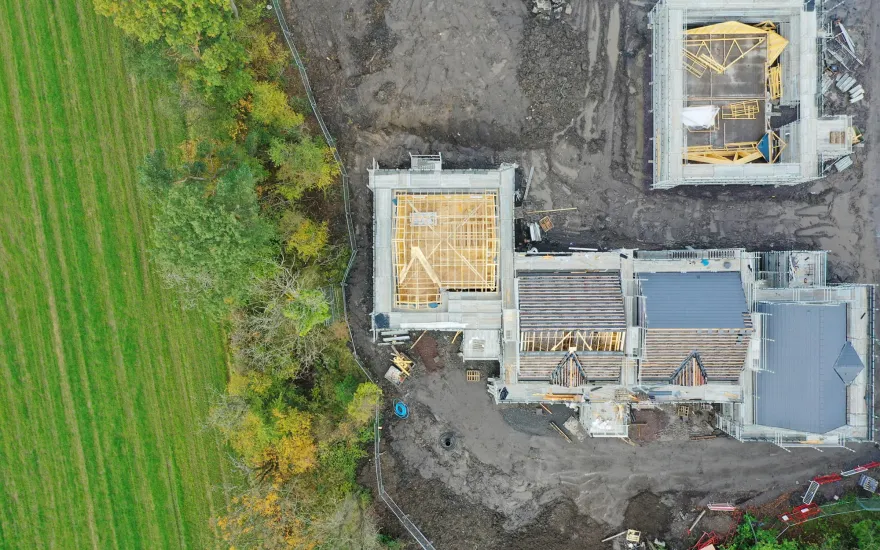Now live: The 2025 Canopy Report. Learn how Americans see trees. GET THE REPORT
Bulletin
Putting Trees to Work
As our world grows ever more competitive, shade and beauty alone are not enough to justify the planting and care of community trees.

Trees must pay their way — and they can. Opportunities abound for putting trees to work, and the results are cost savings and increased public safety as well as a more pleasant living environment.
Trees provide practical benefits beyond beautification. Shielding homes and lawns from the wind, saving energy through cooling, buffering sounds, and ‘calming’ the flow of traffic are just some of the ways trees can be put to work in our communities.
A friend of Tree City USA in an Idaho community once had a neighbor with a totally treeless property. One day the tree lover asked the neighbor why he didn’t plant some trees. The answer was, “If you can’t eat it, why plant it?”
While this attitude may be extreme, it illustrates a challenge to anyone who cares about perpetuating trees in the community. Put differently, there are many people — including some municipal officials — who are motivated largely by practical matters. Their question is, “What can trees contribute to justify the expense of planting and caring for them?”
Fortunately, there are good answers to this question. Working trees extend their roots back to the beginning of civilization. Edward Hyams, author of A History of Gardens and Gardening, suggests that fruit trees were planted and cared for in the latter period of the Stone Age. They even predate cereal crops and the advent of agriculture. In essence, trees were already at work when humans got around to organizing themselves into communities.
When immigration to America began, working trees came along. Immigrants sometimes stuffed their pockets with English walnuts which were then planted around the new home for food, shade, and memories of the country left behind. Many species went west in the holds of sailing ships and squeezed into Conestoga wagons, ready to help with the new beginning.
Today there is a new awareness of trees at work. This issue of the Bulletin highlights some of the ways trees provide practical service in addition to giving us beauty and joy. We need to spread the word. Like the treeless neighbor in Idaho, there are people who have not yet discovered the practical side of trees. When they do, it could mean a whole new cadre of support for community forestry.
In This Bulletin
Here’s what’s inside:
- Taking Country Concepts to Town – putting trees to work in communities the same way they work in rural spaces
- The Practical Role of Community Trees – different challenges trees can help to solve
- Trees, Young People, and Other Benefits – engaging young people in learning about trees and gaining new skills
- Make Food Part of the Urban Forest – integrating food forests into communities
